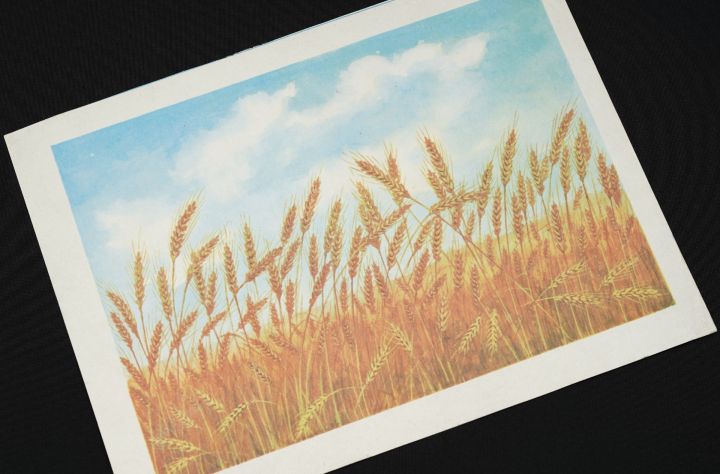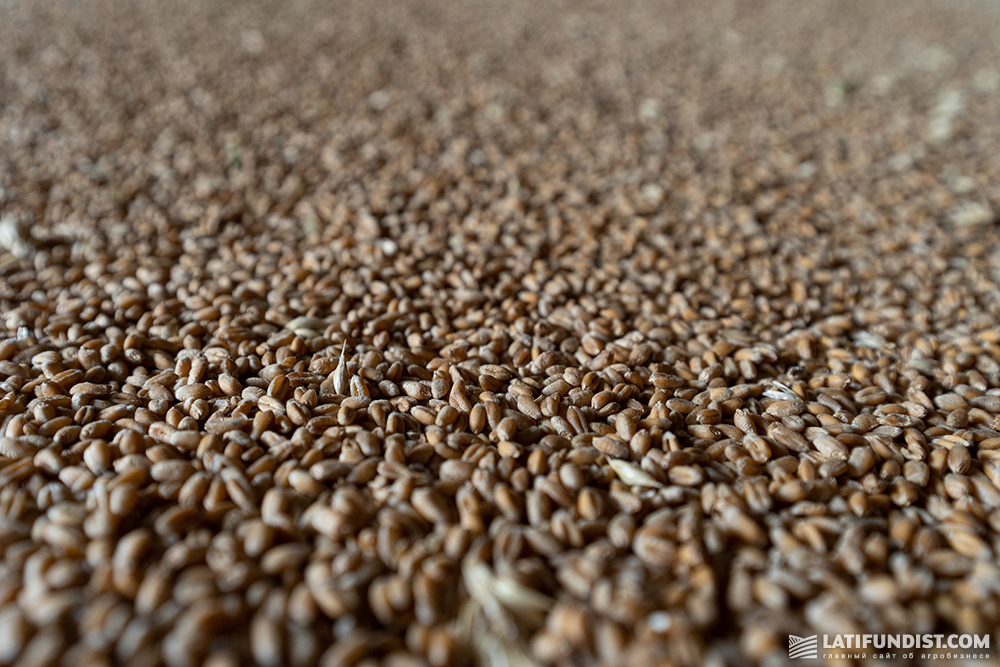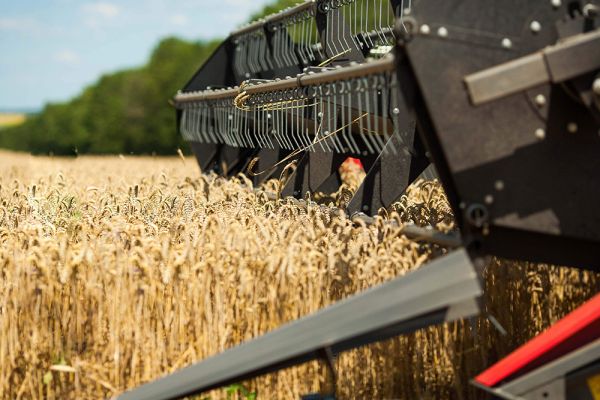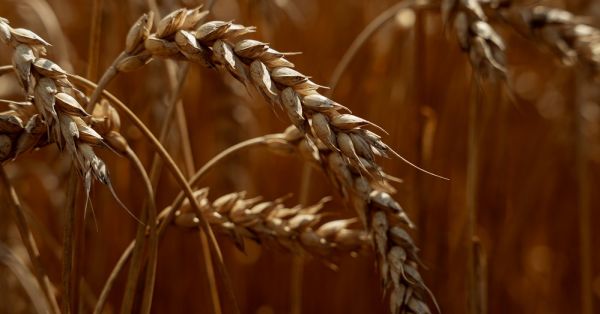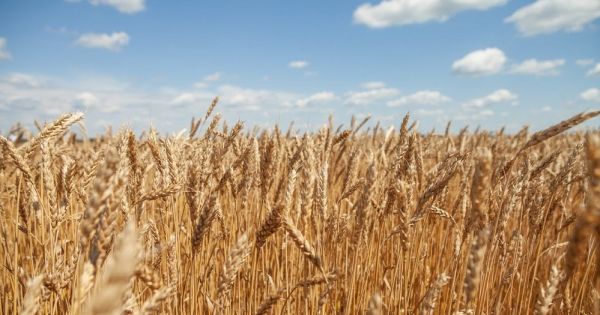An End to Records: What Threat Does the New Grain Accounting Instruction Pose to Agriproducers in Ukraine?
For the fourth year in a row, Ukraine is setting astonishing records in agricultural production. As of today, Ukrainian agrarians harvested the highest yield of early grains, legumes and rapeseed in the history of our country — more than 52 mln t. This season's crop of grains, legumes and oilseeds is projected to reach a record 105 mln t, and exports may thus exceed 65 mln t.
In addition, Ukraine's main competitors on the world grain market are experiencing production challenges, so there is a strong demand for Ukrainian grain against the backdrop of economic revival. This means that producers have a chance to sell their products at a record profit. But all these optimistic forecasts may be ruined by a single ministerial decree "On approval of the Instruction on the quantitative and qualitative accounting of grain and its processed products in grain warehouses and grain processing enterprises of all forms of ownership."
Harvest Online 2021: 32% of corn cropped, production overstepped 11 mln t
New old instruction
The history of the Instruction on accounting and registration of grain transactions dates back to Soviet times since originally it was used in Ukraine in the earlier Order of the Ministry of Procurement of the USSR No. 55 of February 15, 1978. Then, since independence, the document was amended twice: by order of the Ministry of Agrarian Policy of Ukraine No. 310 of July 11, 2005, and order No. 661 of October 13, 2008. The latter was in force for almost nine years, until in 2017 the Cabinet of Ministers adopted the decision to cancel the Instruction as an outdated document and constituting regulatory barriers.
Over the past 4 years of the absence of such regulation, the business has realized that such a document is of no use, and its existence was largely reduced to creating conditions for pressure on the business.
This summer the official website of the Ministry of Agrarian Policy and Food of Ukraine published a draft order for public discussion. The document proposed to bring back the bureaucratic Instruction on the maintenance of qualitative and quantitative accounting of grain. In my opinion, this is a step back in the process of deregulation of the grain industry.
Export, but do not mix
Until 2017, the Instruction was the basic document, which imposed a ban on mixing different classes (categories) of grain of the same type. The inability to form mixed consignments of grain means extra logistics costs, a shortage of capacities for storage of grain of different classes, excessive duration of grain transshipment in ports and overloaded transport infrastructure. Also, reintroducing restrictions on mixing will give a hard time for domestic exporters and make grain trade less attractive in terms of profits. As a result, the country will lose significant revenues from grain exports.
It must be recognized that the formation of mixed consignments of grain does not bear any risks for exporters. Today, the participants of the world grain market mainly use the standard of contracts of the International Grain and Feed Trade Association (GAFTA) when executing their export operations. At the same time, GAFTA does not limit in any way the market players in mixing lots of different classes of grains.
Read more: Record Harvest in Ukraine, Unstable Gas Prices and Dioxins
Deregulation vs. Back to the USSR
So, the draft Instruction is a relic of Soviet times for most of its rules do not meet modern practices of grain business, as well as contain many other shortcomings.
In particular, grain recording issues are primarily accounting issues regulated by other norms of legislation. Therefore, for representatives of the business community it is not quite clear why, in contrast to other sectors of the economy, additional regulation of relevant issues is proposed for the grain industry.
All in all, in recent years remarkable steps have been taken to deregulate the grain market, which, for their part, have led to visible economic results:
- through the easing of regulatory barriers, the administrative costs of business have decreased, while the turnover of agricultural products has increased;
- free funds were used by agricultural companies for their development both technologically and organizationally;
- eventually, this turns into a series of records in the agricultural sector, of which the whole country is proud.
Learn more: TOP 10 Importing Countries of Ukrainian Grain in 2020
The export potential of Ukraine's grain market is growing every year, thus we can not allow the draft Instruction to be a 4-year setback. Let's make decisions not based on the past, but on the future of a prosperous country.
Iryna Dushnyk, executive director of the Grain and Oilseeds Committee of the European Business Association


